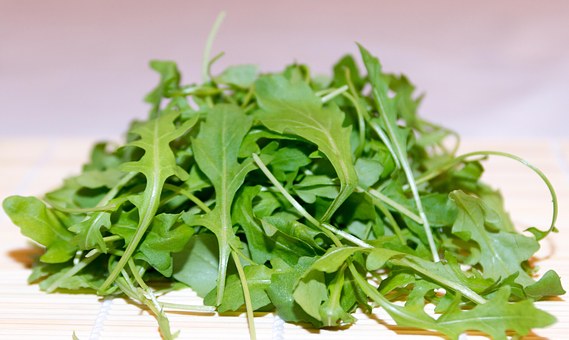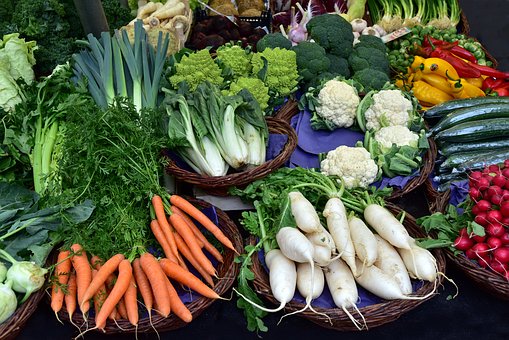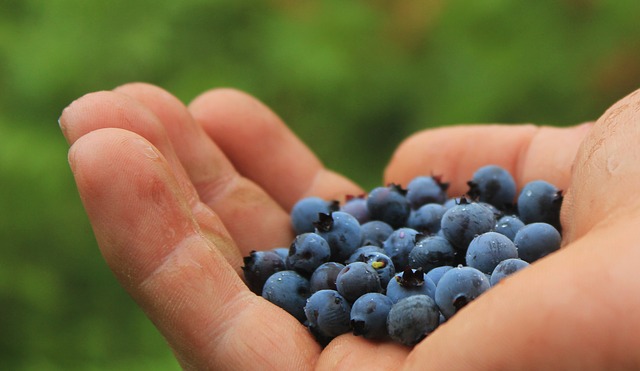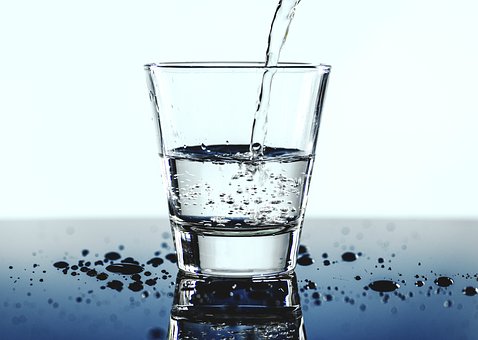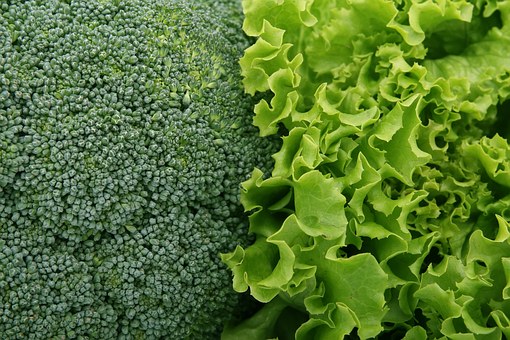Elderly Need More 'Sun Vitamin'
© HealthyMuslim. See Terms and Conditions

Insufficient and deficient levels of vitamin D may increase the risk of metabolic syndrome by 52 per cent, according to a joint Anglo-Chinese study.
According to findings published in diabetes Care, a study with 3,262 Chinese people aged between 50 and 70 showed that 94 per cent were vitamin D deficient or insufficient, and 42 per cent of these people also had metabolic syndrome.
"Vitamin D deficiency is becoming a condition that is causing a large burden of disease across the globe with particular deleterious impact among the elderly,"
"Our results are consistent with those found in British and American populations. We found that low vitamin D levels were associated with an increased risk of having metabolic syndrome, and was also significantly associated with increased insulin resistance," said researcher Dr Oscar Franco.
Sun exposure helps the skin make vitamin D - a vitamin older people are generally deficient in due to their lifestyles and ageing processes.
In adults, vitamin D deficiency is associated with contributing towards or exacerbating osteoporosis, muscle weakness, fractures, common cancers, autoimmune diseases, infectious diseases and cardiovascular diseases. There is also some evidence that the vitamin may reduce the incidence of several types of cancer and type-1 diabetes.
The Sunshine Vitamin
The study adds to an ever growing body of science supporting the benefits of maintaining healthy vitamin D levels.
Vitamin D refers to two biologically inactive precursors - D3, also known as cholecalciferol, and D2, also known as ergocalciferol. The former, produced in the skin on exposure to UVB radiation (290 to 320 nm), is said to be more bioactive.
Therefore vitamin D is mainly obtained from exposure to the sun, but can also be obtained from certain foods such as oily fish and eggs.
Dr Franco said there were many factors which could explain why older people had less vitamin D in their blood, including changes in lifestyle factors,
"As we get older our skin is less efficient at forming vitamin D and our diet may also become less varied, with a lower natural vitamin D content.
"When we are older we may need to spend more time outdoors to stimulate the same levels of vitamin D we had when we were younger."
While our bodies do manufacture vitamin D on exposure to sunshine, the levels in some northern countries are so weak during the winter months that our body makes no vitamin D at all, meaning that dietary supplements and fortified foods are seen by many as the best way to boost intakes of vitamin D.
Research paper details:
L. Lu, A. Pan, F.B. Hu, et al. Plasma 25-hydroxyvitamin D concentration and Metabolic Syndrome among Middle-aged and Elderly Chinese. Diabetes Care Published online ahead of print
Link to this article: Show: HTML Link • Full Link • Short Link
Share or Bookmark this page: You will need to have an account with the selected service in order to post links or bookmark this page.





|
Related Articles:
- Improve Brain Health Through Fitness and Nutrition
- Elderly Need More 'Sun Vitamin'
- Study Shows Sunshine Important During Pregnancy and for Health of Newborns
- Vitamin D Is A Key Player in Overall Health of Many Body Organs
- Vitamin D Deficiency Linked to More Colds and Flu
- Vitamin D and Its Benefits for Depression
- Vitamin D - A Gene-Regulating Super Nutrient
- Higher Vitamin D Levels in Blood Associated With Lower Cancer Incidence
- Parkinson's Link to Vitamin D Deficiency
You must be registered and logged in to comment.
Most Popular
Latest Articles
Popular Subjects
Health, fitness and longevity
Based upon the principles of health
in the Qur'an and Prophetic Traditions.
HealthyMuslim.Com
There are two bounties in which
most people lose out: good health
and free time. Al-Bukhari.







